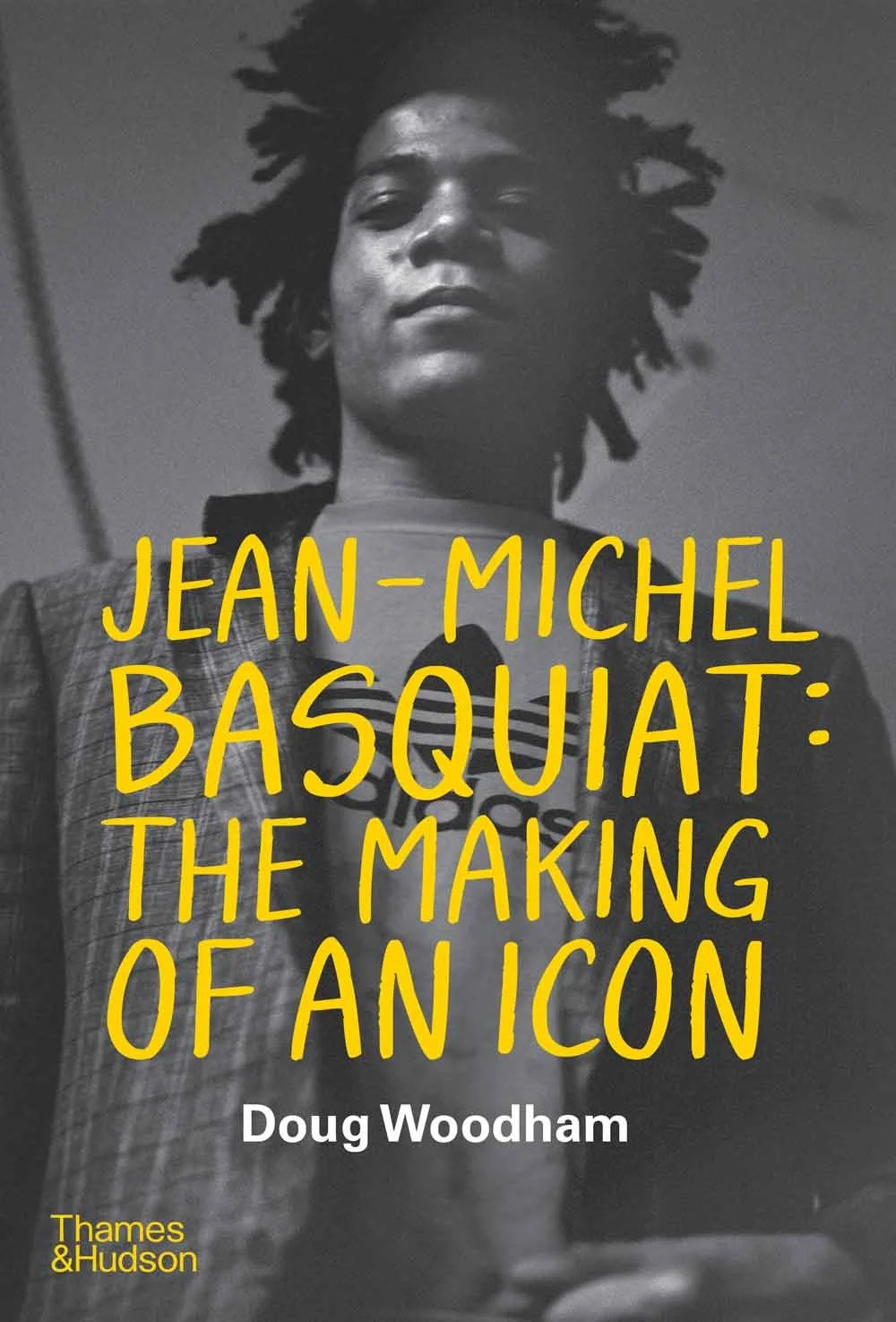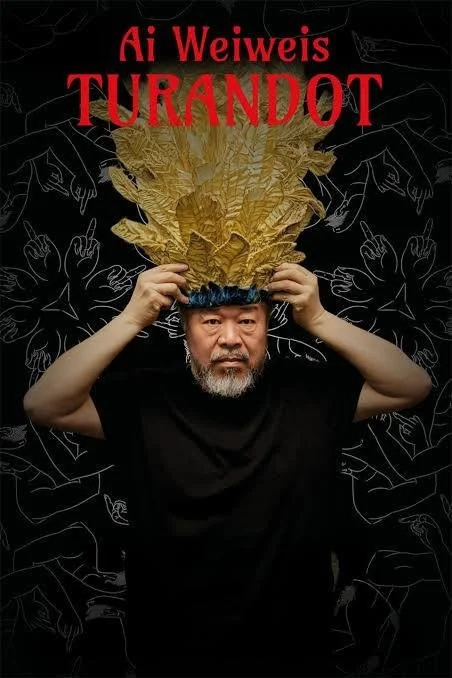I think creative thinking is rooted in different parts of the brain. I believe that creativity is mostly a cultural expression of how our brains react to the world. It is our culture and our lives that make our brains creative in different manners. Even though you and I have very similar brains containing exactly the same cell types, we have evolved alongside each other for 300 million years. We share a lot of features, yet we express our ideas through creative thinking differently. In my opinion, this is cultural evolution—an expression of how our brains have evolved throughout our lives, how we learn, and what experiences we have over time: what we read, the movies we see, and the people we talk to.
We are working in the lab to understand this moment in development, which is called phylotypic. This is something that has been known for over a hundred years. When you see many vertebrate embryos at this early embryonic time point, all embryos look very, very similar. We are extrapolating these ideas to the brain. We have seen that at this time point, the phylotypic period, all brains of these species are very simple but very closely related. We share the same features with a fish or with a gecko or with any other mammalian species at this early time point. We have the same brain with the same genes active and the same cell types involved in it.
Dr. Fernando García-Moreno is a neuroscientist whose work explores the deep evolutionary roots of the brain—and what they reveal about identity, complexity, and even the future of technology. From the thalamus to the phylotypic brain, his research uncovers how our most fundamental brain structures co-evolve—and how they shape, and limit, the way we think. As we navigate an age shaped by AI and rapid innovation, Fernando brings a powerful lens: one that reminds us where we come from—and what evolution may still be writing into our futures. He is an Ikerbasque Research Associate at the Achucarro Basque Centre for Neuroscience.
THE CREATIVE PROCESS
Just to help us set the stage for our listeners who are interested in the brain but may not be familiar with your field of neuroscience. As I begin to understand your work, if we could imagine a moment in every vertebrate's life, whether human, fish, or bird, when our brains look almost identical. This is my understanding of one aspect of your work. That moment holds secrets not just about evolution, but possibly about who we are, how we think, and even how we create technologies like AI.
FERNANDO GARCÍA-MORENO
We are working in the lab to understand this moment in development, which is called phylotypic. This is something that has been known for over a hundred years. When you see many vertebrate embryos at this early embryonic time point, all embryos look very, very similar. We are extrapolating these ideas to the brain. We have seen that at this time point, the phylotypic period, all brains of these species are very simple but very closely related and quite similar. We share the same features with a fish or with a gecko or with any other mammalian species at this early time point. We have the same brain with the same genes active and the same cell types involved in it.
THE CREATIVE PROCESS
Yes, and we are interested in the origins of creativity and how this is linked. If we talk about octopuses or the animal world or humans, how might creativity be related to survival or mimicry? When discussing octopuses and their ability to mimic, I think it's a creative display, the way they can transform themselves to blend with their surroundings. What does the study of vertebrates and nature tell you about the origins and reasons for creativity?
GARCÍA-MORENO
I think creative thinking is rooted in different parts of the brain. I believe that creativity is mostly a cultural expression of how our brains react to the world. It is our culture and our lives that make our brains creative in different manners. Even though you and I have very similar brains containing exactly the same cell types, we have evolved alongside each other for 300 million years. We share a lot of features, yet we express our ideas through creative thinking differently. In my opinion, this is cultural evolution—an expression of how our brains have evolved throughout our lives, how we learn, and what experiences we have over time: what we read, the movies we see, and the people we talk to.
THE CREATIVE PROCESS
Oh, so when you go back to the work of artists, novelists, and storytellers in general, it seems these are ways of expressing how our brains work, exploring neuroscience and psychology before those disciplines were even developed.
GARCÍA-MORENO
Yes, I guess there are common roots in the way stories are told. These archetypes were defined in the previous century, for instance. They reflect how our brains react to our environment. There are certain ways that may be more efficient to tell a story or explain an idea, and that's definitely something defined by how we perceive the world.
For instance, we are strongly visual animals when compared to other mammals, which may be more olfactory. We perceive our world in a very visual way, and we love stories. We perceive stories with a beginning, a middle, and an end. This kind of narrative structure is common across many disciplines, including science. I can speculate that this is rooted in the way our brains process information and may be the most efficient way.
THE CREATIVE PROCESS
As you study the way our brains develop, what does that tell you about how our technologies evolve? A topic at the forefront of many minds is the AI revolution and which way it's going. What does this tell you? What are your reflections?
GARCÍA-MORENO
Our variations are inherited by the next generation, and therefore there is a blind selection of which aspects of our brains are better or not. Technology does not evolve in the same way. The first thing is that there are designers behind culture and how technology evolves. Our brains are sculpted by a blind selector, but technology is sculpted by our own decisions. The choices of what is good and what is wrong in technology are completely made by humans, while brain evolution happens through natural selection, which has no guidance. At the end point, you can see what the trajectories of evolution were, which could not be predicted. In cultural or technological evolution, prediction exists because we decide what the right choice is for the next generation of technology.
THE CREATIVE PROCESS
If AI systems evolve without this typical basis, unlike our brains, should we be worried about what they'll become? If they evolve beyond or into something else, as you say, that we are not intending, considering that they're self-designing. As long as we control the energy source... So how has working with the roots of our brain changed your perception of your own identity? You're thinking about this all the time. How does it shape the way you look at the world?
GARCÍA-MORENO
Not only am I working with brains, but I also work with embryos, so most of what we do is developmental biology. We research how the brain develops in different species of vertebrates. Working with embryos is a humbling experience that brings you very close to nature. I used to work with an echography ultrasound system during my PhD in Madrid, where I worked with tiny mouse embryos. At the same time, I got to see the first ultrasound images of my daughter when she was in my wife's womb. It was a humbling and emotional experience to see on the screen very similar shapes of embryos or features of my daughter, closely resembling the mice I observed every day in the lab.
We feel very closely related; we are just nuanced different expressions of biology or life. Humans tend to think we are the crown of evolution, at the very top of the hierarchy of life on Earth, but we are just another leaf on the phylogenetic tree. Working with these embryos in the lab, watching their hearts and eyes develop quickly in various embryos, such as bird brains, brings me closer to life on Earth. I feel much more connected to nature because of my work with brains and embryos than I did in the past.
THE CREATIVE PROCESS
Where do you seek tranquility and calm? Is it in nature or culture, or through slower ways of being, to rebalance?
GARCÍA-MORENO
Most of what we do is cultural evolution, not biological evolution. Changes in culture are not necessarily supported by changes in the biology of our brains. It is relevant to consider what I think are the two most human professions, which differ the most in our culture from other primates: one, we generate new knowledge generation after generation; and two, we transmit this new knowledge to the next generation, allowing them to start from a different point. In this way, I think the most "human" professions are scientists and artists who generate new knowledge, and teachers and professors who transmit this knowledge to future generations.
THE CREATIVE PROCESS
I should say that while the formation of our brains isn't changing, perhaps the quantity of dopamine hits has increased. There's a lot of dopamine addiction, influenced by the neurochemical responses to stimuli. It may not be the brain's structures that are changing, but the demands on them.
GARCÍA-MORENO
Definitely, we are damaging our brains significantly with the way we live right now—constantly connected to others through social media, with our phones ringing and interrupting our focus and attention. Millions of stimuli arrive at our eyes and ears every day. Our brains did not evolve to adapt to this environment; they adapted to smaller groups and a closer relationship with nature. We are struggling with our current lifestyle because our brains were not designed by natural selection for these kinds of environments. Instead of thinking about how we can make our brains more adaptable to this situation, we should focus on changing our environment. As you mentioned, reducing the amount of stimuli would benefit our brains significantly.
As for where I seek tranquility, I love nature. I enjoy walks in nature. I live now in the Basque Country, in northern Spain, where the natural scenery is wild and superb—hills, valleys, and the ocean. It’s a magnificent place.
I also enjoy sports, such as running, cycling, and swimming. These activities offer good opportunities for reflection on yourself, the future, and the past, often in the company of nature. In this part of the world, I’m not surrounded by cars and noise; it is a quieter place, and I truly enjoy it.















































































